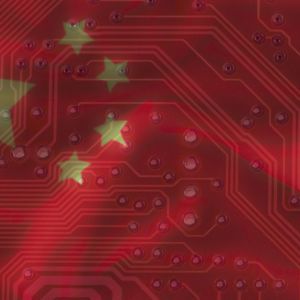Since taking charge of Intel in March, new CEO Lip ‑Bu Tan has wasted no time tackling costs and hunting for fresh growth avenues at the struggling US chipmaker, including restructuring the business. By June, insiders say, he began to express doubts about the manufacturing process, nicknamed 18A, that his predecessor Pat Gelsinger had championed, warning it might not win over new customers. Now, the CEO wants to explore a huge shift in the contract manufacturing known as the “foundry” business. Intel implements swift cost‑cutting initiatives Tan’s first months saw him slice through what he viewed as bloated middle management and bring in new engineering talent, all in the name of putting Intel’s finances on a firmer footing. The urgency was clear: Intel hadn’t turned a profit since 1986, and its $18.8 billion net loss for 2024 was a stark reminder that bold action was needed. Sources familiar with the talks reveal that 18A, a cutting‑edge method including a novel transistor design and power‑delivery scheme, may be shelved for external sales. Developing 18A and its variant, 18A‑P, has already cost Intel billions . Halting its marketing would likely trigger a hefty write‑off, with analysts estimating hundreds of millions, if not billions, in losses. Yet the tech’s appeal seems to be waning just as rivals like TSMC press ahead with their N2 node. Intel declined to comment on what it called a rumor. “Lip-Bu and the executive team are committed to strengthening our roadmap, building trust with our customers, and improving our financial position for the future,” the company said in a statement “We have identified clear areas of focus and will take actions needed to turn the business around.” – Intel. Last year, Intel reported its first unprofitable year since 1986. Recently, the company was reportedly considering selling its networking and edge-computing operations known as NEX as part of the company’s broader strategy to focus on its more profitable businesses. The company is looking at an urgent appeal to customers With TSMC’s N2 on track and Apple and Nvidia among the biggest fabless clients out there, Tan’s strategy calls for redirecting resources to Intel’s next‑gen 14A process. He believes 14A could give the company a competitive edge, but only if major partners buy in. To that end, Tan has instructed his team to map out options for the board’s upcoming meeting, possibly as soon as this month. A final verdict on whether to stop pitching 18A externally may not come until the autumn session, given the high stakes and complexities involved. Even if the marketing of 18A is curtailed, Intel plans to keep using the process for in‑house designs and existing commitments. That means Panther Lake laptop chips, lauded as the most advanced processors ever made in the US, will still roll off its 18A line in late 2025. And Intel must honor contracts to produce chips for Amazon and Microsoft on the same node, given their tight deadlines. The broader picture remains unsettled. Hopes hinge on delivering 14A swiftly and tailoring it to marquee clients’ needs. If successful, Intel could reclaim ground lost to TSMC over the past two decades, especially in the booming realms of mobile computing and AI. But slippage in 14A development or an unfavorable board decision might prompt the company to stick with 18A’s original roadmap. Tan’s deliberations underscore the huge risks and investments required to revive Intel’s foundry ambitions. As the board weighs his proposals, the chip world watches closely – a course correction now could shape the future of American semiconductor manufacturing for years to come, as well as the company’s profitability. Cryptopolitan Academy: Want to grow your money in 2025? Learn how to do it with DeFi in our upcoming webclass. Save Your Spot









![[LIVE] Crypto News Today: Latest Updates for July 3, 2025 – Crypto Market Rebounds as Bitcoin Tops $109K, Ethereum Gains Over 6% [LIVE] Crypto News Today: Latest Updates for July 3, 2025 – Crypto Market Rebounds as Bitcoin Tops $109K, Ethereum Gains Over 6%](https://resources.cryptocompare.com/news/52/47320951.jpeg)








